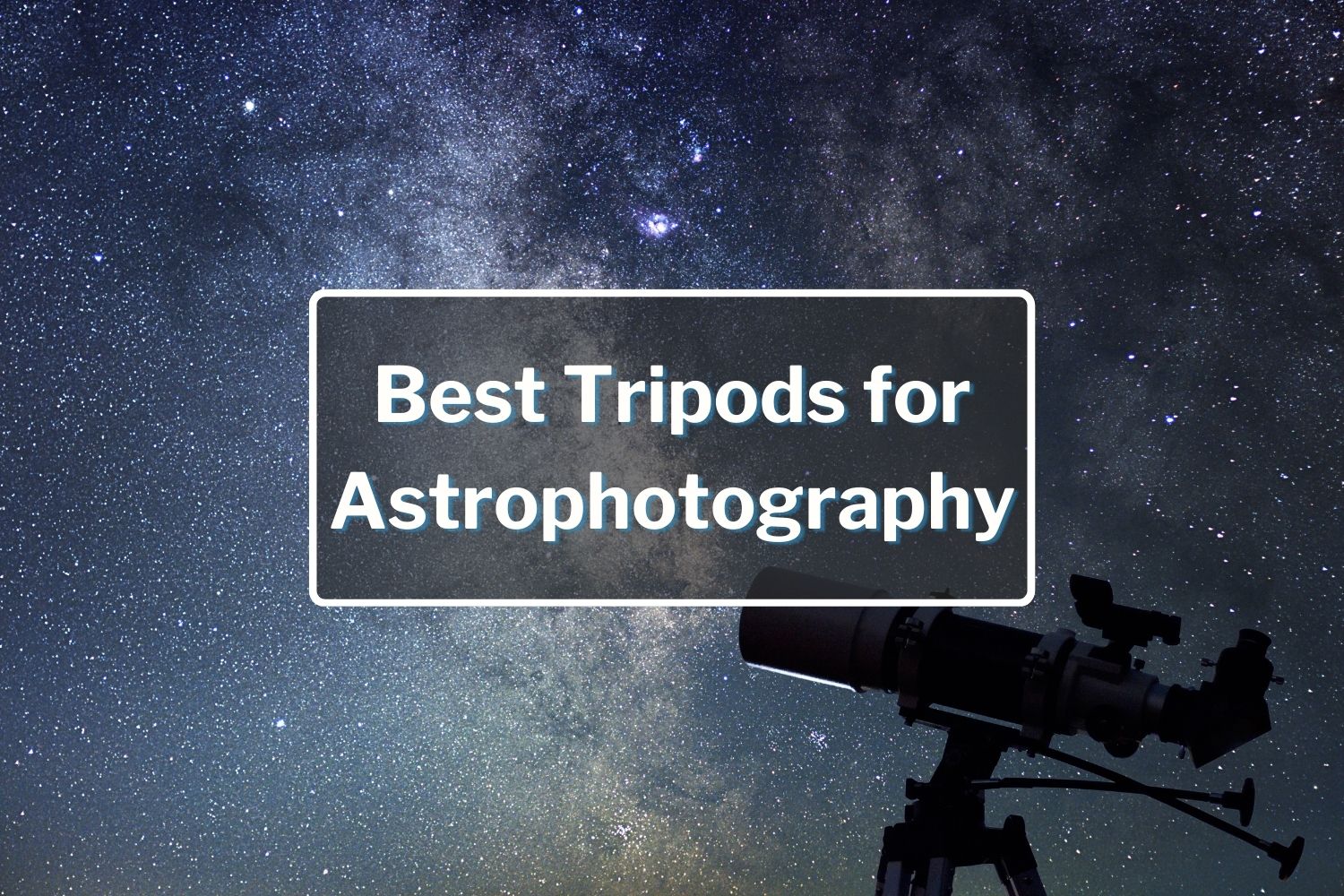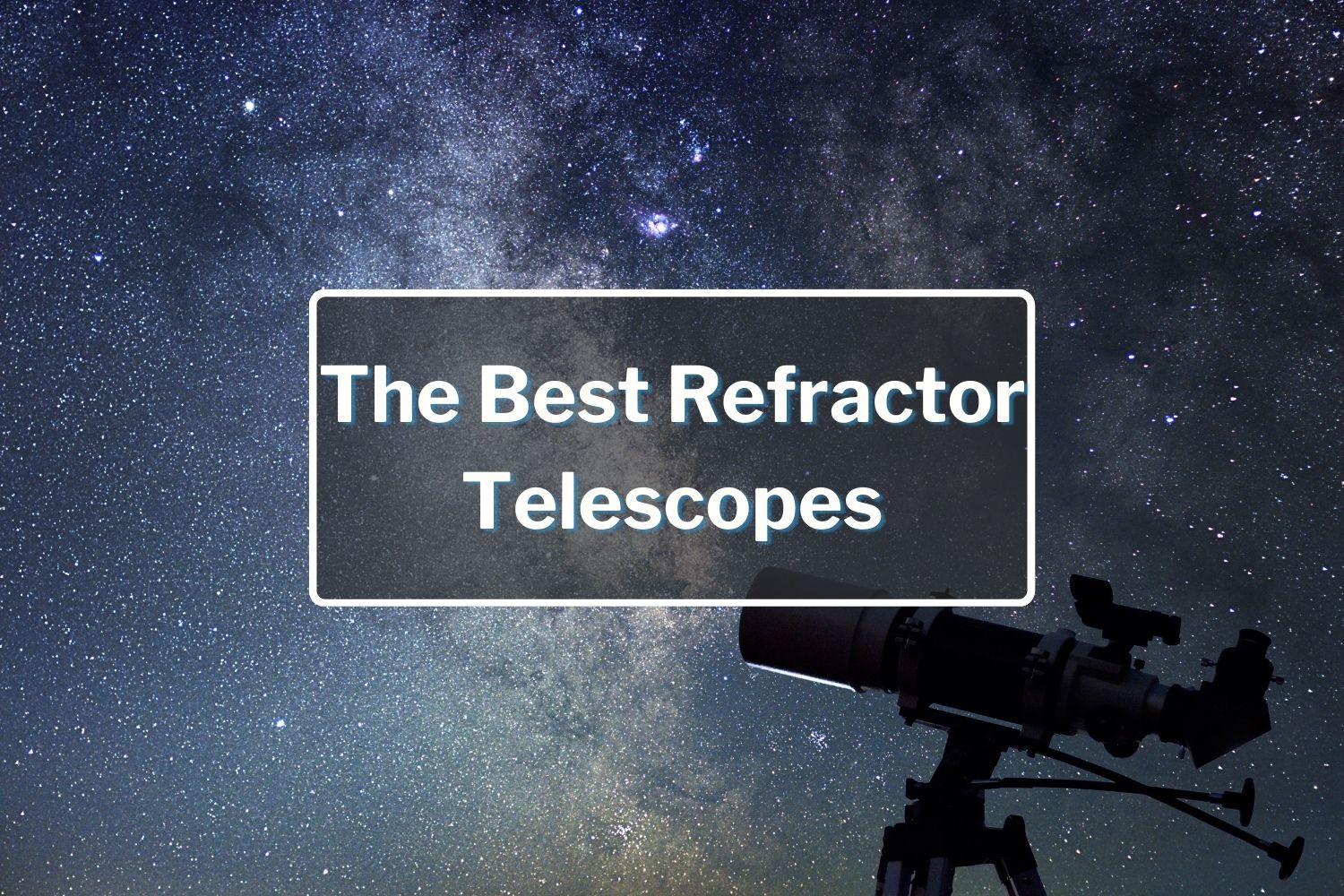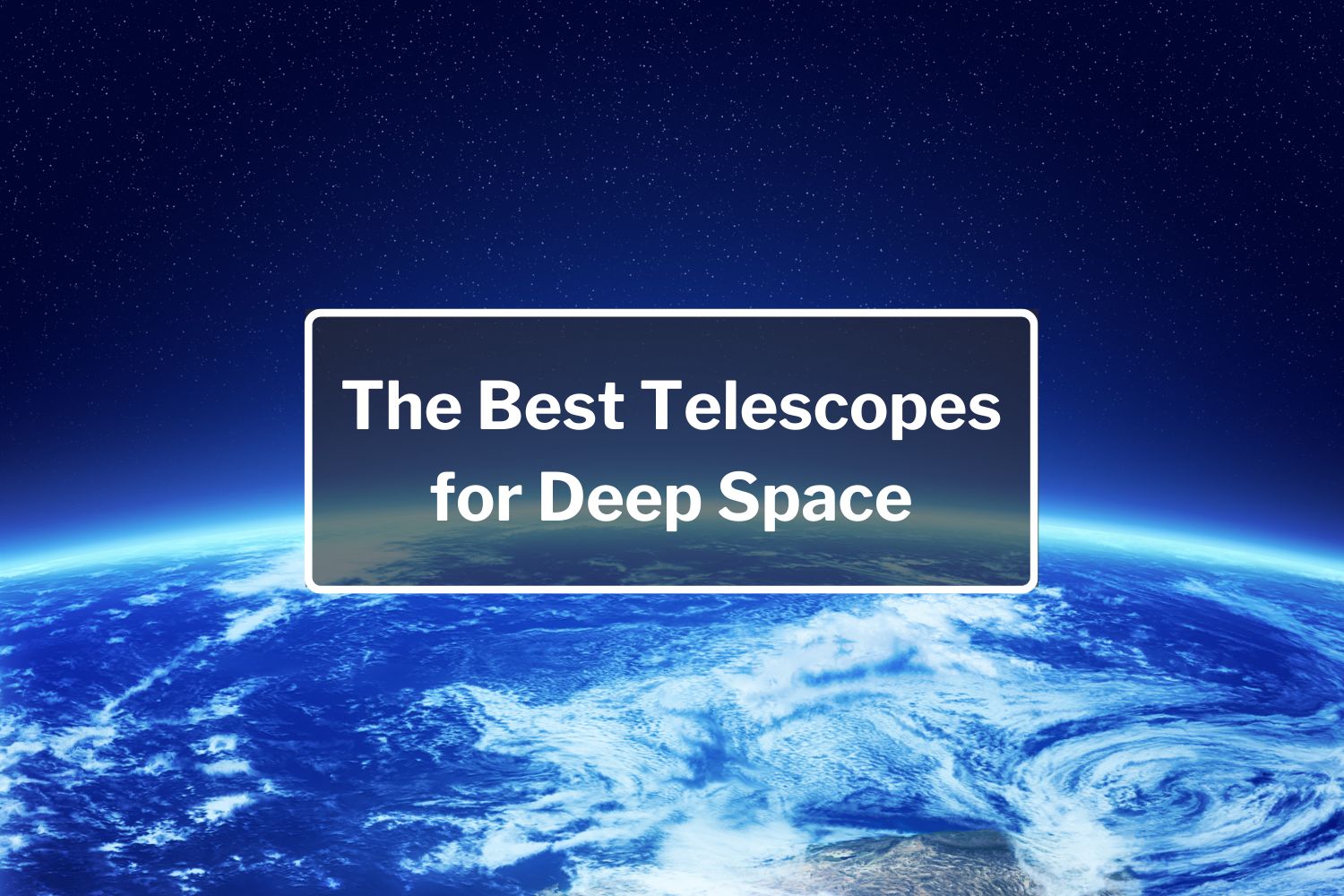Best Telescopes to See Galaxies
The universe holds billions of galaxies, but not every telescope is up to the challenge of viewing and photographing them. Even the nearest galaxies are very distant, and their light is spread over a large area, so the best telescopes to view them are generally reflector scopes with large apertures capable of collecting the most light.
Options range from beginner-friendly telescopes under $500 to professional-grade instruments designed for advanced observers and serious astrophotographers. Here are our recommendations for the best telescopes to see galaxies and other distant objects, with the pros and cons of each.
TPO 12" f/4 Imaging Newtonian Telescope $1,199
The TPO 12" f/4 Imaging Newtonian Telescope has fast optics for observing and capturing images of deep sky objects with the help of instruments ranging from a DSLR or small webcam to large sensor CCD cameras. Its durable mirrors are made of B270 white water optical crown glass and coated with a. layer of quartz, and a center spot on the primary mirror makes for easy collimation. The inside of the optical tube assembly is painted matte black to stop any stray light. The TPO 12" Imaging Newtonian Telescope comes with a dual-speed Crayford-style focuser and a cooling fan in the primary mirror cell.
Pros:
- White rolled steel exterior
- Matte black interior offers higher contrast
- Great for both visual observing and astrophotography
Cons:
- Requires collimation
- Coma corrector sold separately
Orion SkyScanner BL135mm Dobsonian Reflector Telescope $399.99
The Orion SkyScanner BL135mm Dobsonian Reflector is a beginner-friendly telescope that captures plenty of light for viewing not only the moon and other solar system objects but also deep space objects like nebulae and brighter galaxies. The Orion SkyScanner has a 135mm(5/3") primary mirror and comes with two eyepieces and a 3x Barlow lens for additional magnification. The kit includes a red dot finderscope, base assembly hardware, and Orion’s MoonMap 260 for locating over 260 features on the moon.
Pros:
- Compact Dobsonian telescope gives beginning stargazers hands-on ease of use
- Great intermediate size — not too big, not too small — for good portability
- Red dot scope helps to zero in on target objects
Cons:
- Requires collimation
Sky-Watcher Classic 150P f/7.9 Dobsonian Telescope $460
The Sky-Watcher Classic 150P f7.9 Dobsonian Telescope is a perfect entry-level telescope for all ages, thanks to its quick setup and ease of use. The "lazy-Susan" Dobsonian base allows viewers to smoothly rotate and point the telescope, and the tension control handle ensures that the optical tube stays in position. The Sky-Watcher Classic has a 152mm aperture for detailed views, and its f/7.9 focal ratio provides high magnification of more distant night sky objects. The kit includes a 2-inch Rack and Pinion Focuser, two eyepieces, and a 1.25" adapter.
Pros:
- Includes accessories for a Quick Start
- Great for both beginners and more adept stargazers
- Fun and easy setup for star parties
Cons:
- Requires collimation
Celestron CPC Deluxe 1100 HD Telescope $5,099
The Celestron CPC Deluxe 1100 HD Telescope is the system once used at home by astrophysicist Stephen Hawking. It’s a top-performing Schmidt-Cassegrain AltAzimuth telescope for visual astronomy and a serious astrophotography tool with the help of a CCD camera. The Celestron CPC Deluxe includes EdgeHD optics for an extremely flat field of view that’s ideal for imaging, and its large aperture captures plenty of light for viewing deep-space objects. The telescope comes with an internal GPS receiver and remote hand control, plus Celestron’s NexStar database of more than 40,000 celestial objects.
Pros:
- Premier AltAzimuth telescope for both visual astronomy and astrophotography
- Fully corrected optics
- Auxiliary port and adapter for additional accessories
Cons:
- Requires collimation
- Not for deep sky astrophotography right out of the box
PlaneWave 17" CDK Telescope with Fused Silica Mirror $22,500
The PlaneWave 17" CDK Telescope is the most professional, observatory-grade telescope available to the public. With a 17-inch (432mm aperture and a focal length of 115.7 inches (2939mm), the PlaneWave CDK was designed to meet the needs of serious visual observers and imagers. It’s coma-free, with a flat field and no off-axis astigmatism, which eliminates image degradation. The PlaneWave 17" CDK comes with a carbon fiber lower light shroud to protect the primary mirror, three cooling fans, and a Ronchi Inner Diameter Spacer and Ocular Screen.
Pros:
- Dual Carbon Fiber Truss design minimizes thermal expansion, which causes focal shift with changes in temperature
- Dovetail expansion joint allows for the difference in thermal expansion between carbon fiber and aluminum so that the aluminum dovetail can expand and contract without stressing the carbon fiber lower truss
Sky-Watcher Flextube 250P SynScan GoTo Collapsible Dobsonian w/Wifi Adapter $1,560
The Sky-Watcher Flextube 250P SynScan GoTo Collapsible Dobsonian has 1275 times the light-gathering power of the human eye. With its large 254mm aperture and 1200mm focal length, this telescope delivers stunning views of nebulae, galaxies, and other deep space objects. The Sky-Watcher Flextube SynScan Dobsonian doesn’t need to be disassembled between uses and holds its collimation even after it’s collapsed. Its computerized GoTo technology makes it easy to locate objects for viewing, and the kit includes a finderscope, two eyepieces, and a Wi-Fi adapter.
Pros:
- Large 254mm aperture with 1200mm focal length and f/4.7 focal ratio offers dazzling views
- Built-in Wi-Fi telescope control
- Patented Freedom Find technology uses dual encoders to allow manual control while retaining alignment
Cons:
- Bulky
- Sells out fast
Meade 10" ACF LX200 Telescope $5,199
The Meade 10" ACF LX200 Telescope is a top-of-the-line Schmidt Cassegrain telescope that delivers the performance of a Ritchey Chretien at a fraction of the price. That puts a coma-free, wide-field observing experience within reach of amateur astronomers. The Meade 10" ACF LX200 comes with a Primary Mirror Lock for long-exposure astrophotography. Its Advanced Coma-Free system reduces astigmatism, and diffraction spikes often found in classical RC telescopes. With Meade’s AutoAlign feature, the telescope comes pre-aligned and includes an AutoStar II controller with quick access to a database of 145,000 objects.
Pros:
- Great value imaging telescope
- Provides RC-level performance at SCT costs
- Advanced Coma free optics
Cons:
- Requires collimation
Askar 130PHQ APO Quadruplet Astrograph $3,499
The Askar 130PHQ is a long focal ratio, flat field astrograph that delivers stunning, high-resolution images across the entire field of view. With a large 130mm aperture and focal length of f/7.7, this astrograph produces detailed images of planetary and deep sky objects within a reasonable time. The Askar 130PHQ comes with a telescopic lens hood, a pair of tube rings, a Losmamdy dovetail plate, and a set of 4-piece photographic adapters for a variety of imaging devices.
Pros:
- Perfect for imaging distant galaxies
- Flat field right out of the box
- No worries about back focus due to Petzval design
Cons:
- Rather heavy
- Needs a solid mount ($2000 and up) to handle the weight of astrophotography
FAQs
How big a telescope do you need to see galaxies?
To see galaxies, you’ll need a telescope with a large aperture capable of collecting considerable light. The best telescope to see galaxies would be a reflecting telescope with an aperture of 8" or more.
If you have any questions about purchasing a telescope for viewing or photographing galaxies, contact the OPT team. We'll be glad to help you find the best telescope for exploring distant objects in the night sky. Happy viewing!
2 Responses
Prince
Please I want to know which telescope will be nice to see planets and nebula .












Prince
February 06, 2025
Please I want to know which telescope will be nice to see planets and nebula .